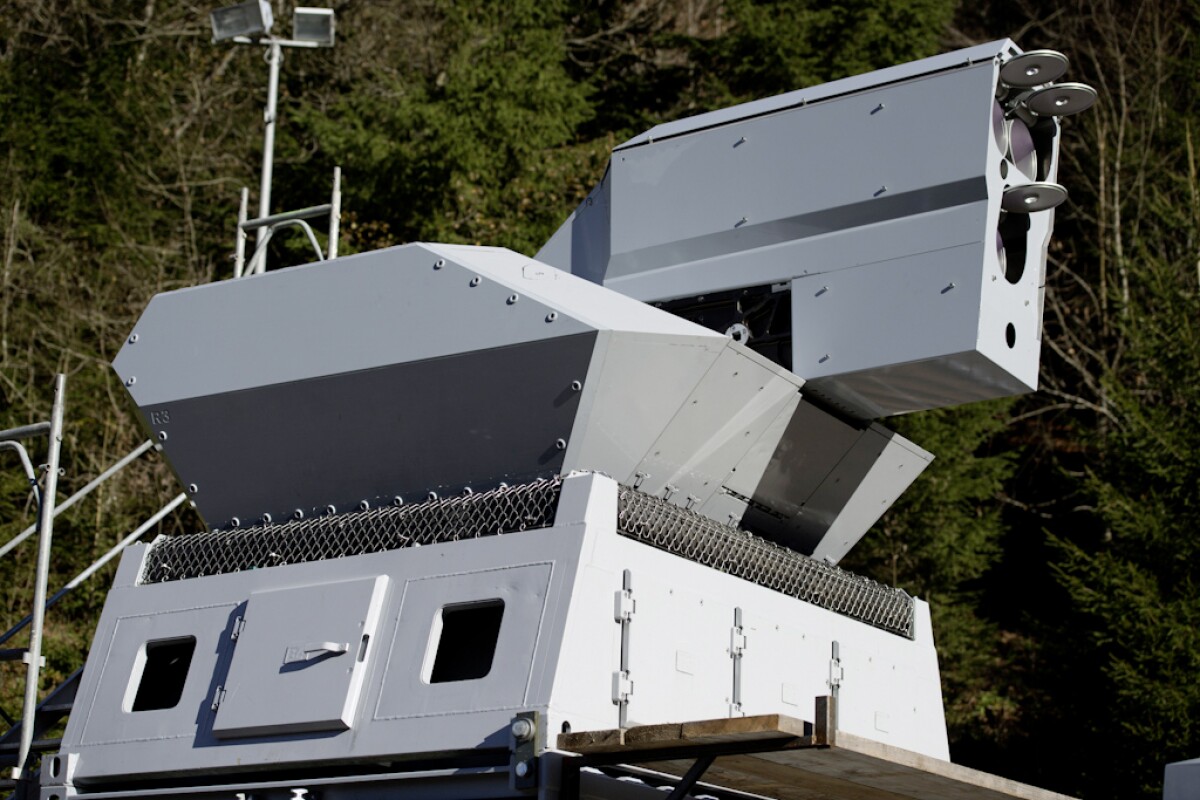Practical high-energy laser weapons came a step closer to reality in November as Rheinmetall tested its new 50 kW high-energy weapon laser demonstrator. The series of exercises took place at the German-based group’s Ochsenboden Proving Ground in Switzerland. There the 50 kW laser weapon was tested against a series of targets to show the improvements over last year’s 10 kW version.
Designed for air defense, asymmetric warfare and Counter Rocket, Artillery, Mortar (C-RAM) operations, the Rheinmetall laser isn't a single weapon, but two laser modules mounted on Oerlikon Revolver Gun air defense turrets with additional modules for the power supply. The lasers are combined using Rheinmetall's Beam Superimposing Technology (BST) to focus a 30 kW and a 20 kW laser on the same spot. This gives it the destructive power of a single 50 kW laser. The company says that a future 100 kW laser weapon is entirely feasible.

The tests set the laser against three different targets. The first was a 15 mm-thick (0.59 in) steel girder that was cut through at a distance of 1,000 meters (3,281 ft). The second was a group of nose-diving target drones flying at 50 meters per second (164 ft/s) that were detected at a range of three kilometers (1.86 mi) and shot down at two kilometers (1.24 mi) within a few seconds. The third test was a simulated mortar attack using a steel ball 82 mm (3.22 in) in diameter moving at 50 meters per second. The 30 kW laser unit immediately tracked it before locking on and destroying the target. According to Rheinmetall, the time needed to knock out the “mortar” was fast enough to engage and destroy mortars at long range even in bad weather.
Rheinmetall is very pleased with the test results, stating that the tests show that the system can operate in snow, dazzling sunlight, ice and rain as well as fulfilling the energy and cooling requirements for laser weapon systems and delivering twice the power output for the same equipment volume of previous systems. The company intends to build a 60 kW laser demonstrator next year and study how to integrate 35 mm Ahead Revolver Guns into the system as well as developing a mobile version.
Source: Rheinmetall







